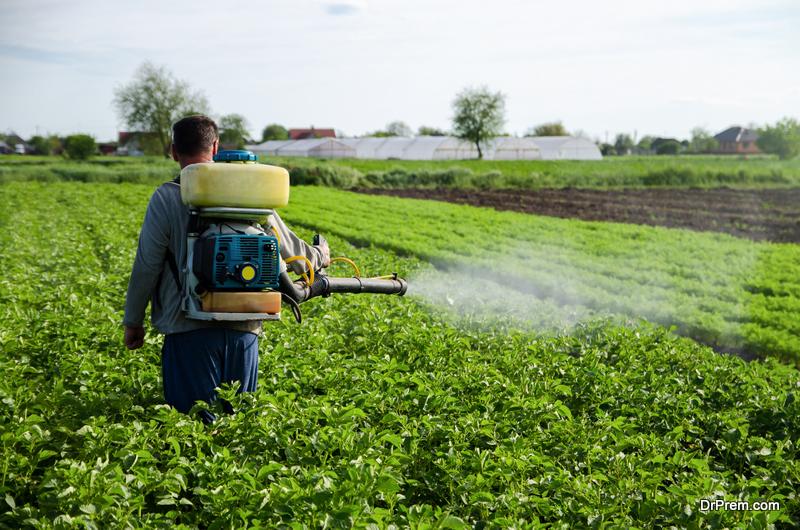In the last few decades, organic products in the market have increased and have had a significant impact on the agriculture industry. For perspective, the United States Department of Agriculture (USDA)reports that certified organic operations have increased by 90 percent from 2011 to 2021. With the demand for organic products increasing, agriculture experts seek ways to support farmers and ranchers. Let’s discuss some of the key impacts of consumer demand for organic products on the agriculture industry.
1. Farming Practices
Organic farming involves growing food with no synthetic pesticides and fertilizers or only using inputs such as biologicals that are naturally produced. Because of this, farming practices must be adjusted to adhere to the specific organic regulations. The National Organic Program (NOP) enforces standards for organic products, including crop rotation, managing pests, and maintaining integrity of crops. Additionally, the NOP sets standards for organic livestock production by regulating livestock living conditions, grazing, animal health, and feed. As consumer demand for organic products increases, and with the help ofagriculture experts, farmers are gaining new knowledge and skills, as well as adapting farming practices to meet regulations.
2. Price Increases
The quantity of organic products found in mainstream stores is continuing to increase. Typically, organic products are sold at a higher price than non-organic products because of the increased production costs. Consumers who see great value in purchasing organic products are willing to pay the premium. The Nutrition Business Journalreports organic retail sales reaching $52 billion in 2021. While not the case for all farmers, the higher price point means some farmers are able to make higher profits and improve their economic stability.
3. Organic Farmland
As the demand for organic products has increased, land previously used for conventional farming has been converted to organic farmland. The USDA reports that from 2011 to 2021 certified organic cropland acres increased by 79 percent and includes almost 4 million acres. While 4 million acres is small when compared to all farmland, the market for organic farming is on the rise. As some farmers choose to farm organically, agriculture experts help research and implement new technologies that optimize these practices.
4. Market Growth
Gone are the days of organic products only being available in farmers’ markets or small businesses. The Organic Trade Association found that 56 percent of organic food products in 2020 were sold in grocery stores, club stores, and supercenters. With this shift, small and large farmers are entering into the organic sector and expanding their work. As a result of organic products making their way into the bigger stores, the industry for processing and distributing organic products has also expanded.
Final Thoughts
Organic products have caused many shifts within the agriculture market. Although there are positive impacts, meeting the demand for organic products can be challenging due to the strict regulations and care it takes to grow organically.Agriculture experts, researchers, and innovators continually explore the impact organic products have on the agriculture market. With both the positives and negatives for organic farming, the demand from consumers is increasing and will continue to have an impact on the agriculture industry.
Article Submitted By Community Writer




